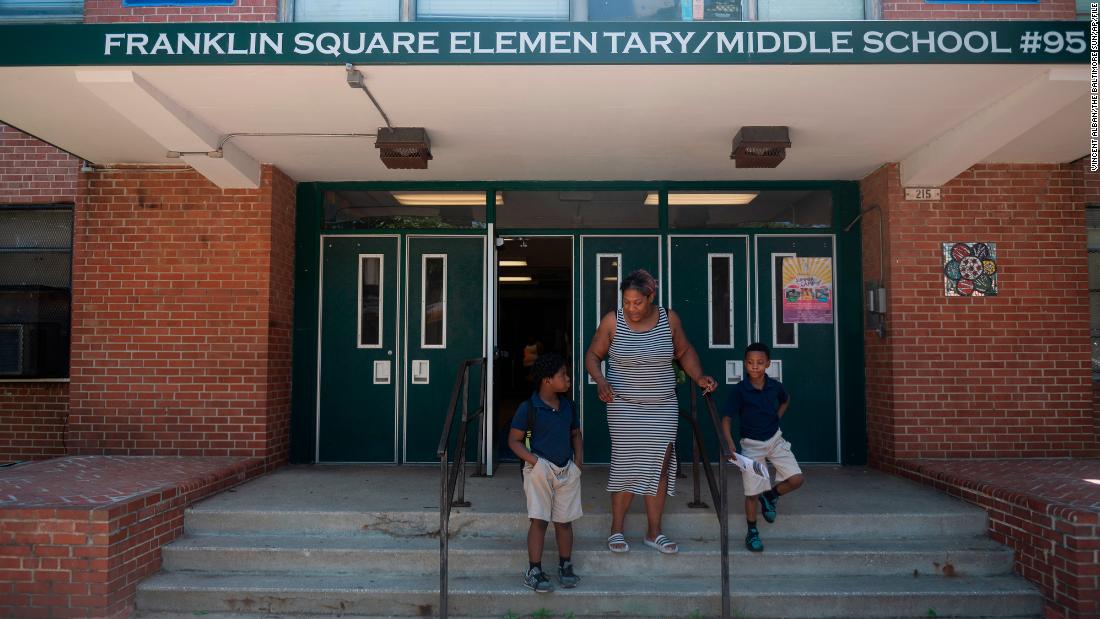The East Valley School District has a replacement four-year, $18.5 million capital levy for safety, security and infrastructure improvements on the November ballot.
The levy seeks to replace an existing levy that is expiring. The previous two levies, which each ran for two years, paid for new door locks on classrooms that could be locked from the inside, vestibules in the entryway of each school to increase security and limit access to buildings, and bus loops at schools to keep buses separate from parents picking up students.
The idea behind the bus loops is to keep students safer by keeping the two flows of traffic separate and avoid increased risk for pedestrians, said Superintendent Brian Talbott. “Pedestrians lose,” he said.
While that work was completed with the help of the previous levies, there’s more work to be done, Talbott said, and he hopes the community will support renewing the levy.
“We’re very fortunate and grateful to our community for supporting our last two capital project levies,” he said.
This time the funding from the levy, if it is renewed, would be used to replace aging HVAC systems, leaking roofs and old plumbing.
“There will still be some focus on safety and security, but most of the focus will be on warm and dry,” Talbott said.
The roof of East Valley Middle School leaks when it rains, forcing staff to place trash cans in hallways to catch the water. The school roofs in need of replacement have not been damaged, but are simply past their life expectancy, Talbott said.
“We have multiple school roofs that have been maintained, but they’re 30 years old,” he said. “You can only patch so much.”
Similarly, several schools have HVAC systems that are so old that replacement parts are no longer manufactured. Some schools with failing HVAC systems can have rooms with temperatures higher than 80 degrees in the summer and too cold in the winter. The temperature can vary from classroom to classroom.
Last year the gym and locker rooms at East Valley High School were locked and unusable for months when the HVAC system failed during the winter, leaving that portion of the school without heat.
“Our maintenance and custodial crews have been doing a good job maintaining and babying these systems along, but you can’t do it forever,” Talbott said.
Neale Rasmussen, chief financial officer for the district, said having functioning HVAC systems is important for students.
“We want all the learning spaces to be comfortable for kids,” he said. “They can’t learn if it’s 85 degrees.”
Talbott said it would be difficult to pay for the HVAC and roofing projects out of the district’s normal budget. “With 80% of our budget being people, it’s really difficult to carve out enough money for a major project,” he said.
At current property values, each household would pay 75 cents per $1,000 in assessed home value each year. The four-year levy would collect $4.2 million in 2023, $4.5 million in 2024, $4.7 million in 2025 and $4.9 million in 2026. The estimated rate of 75 cents per $1,000 would go down if property values continue to increase, Rasmussen said.
“What voters are actually approving is the actual dollar amount,” he said. “If the dollar value goes up, that rate will go down.”
The levy requires a simple majority to pass. Ballots will be mailed in Spokane County beginning Oct. 19. Election Day is Nov. 8.
